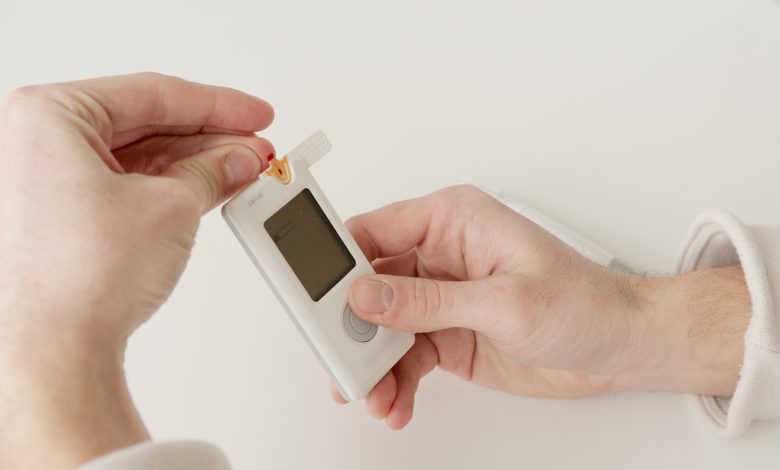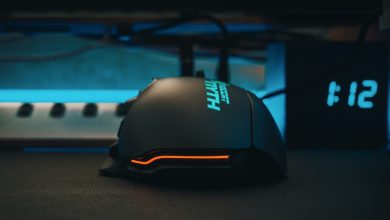Different Electric Meter Types and Its Operation

Electric meters are used to track the kilowatt-hours of energy that your home consumes. Every month, the energy company sends a worker to read your meter. They subtract the previous reading from the current one to determine your bill amount. Typically, these electric meters have five dials. When reading them, remember that the pointers move in opposite directions and start with the dial at the far right.
Off-Peak Meters
If your electricity supplier offers Economy 7 (or a similar time-of-use rate), you’ll have a special E7 meter to record your off-peak energy usage percentage. Your off-peak ratio is on page 2 of your monthly energy bill under “Monthly kWh Use.” Off-peak electricity times vary depending on where you live and your network operator but are usually in the evening or at night.
Historically, most meters relied on the constant supply voltage to accurately record consumption. However, many of these meters also depended on the consumer exporting surplus power back to the grid, which is only sometimes possible. Some meters were equipped with a ratchet that would run backward during periods of Orviri net export.
Electricity meters programmed to use different tariffs during peak and off-peak hours help utilities manage demand by encouraging consumers to shift their usage patterns. By using appliances during off-peak times and understanding how an electric meter works, consumers can save money and help reduce the strain on electricity networks by lowering peak demand.
Digital Meters
Modern digital meters use electronic circuits to convert analog voltage and current into digital signals, which can be processed. They usually feature a shunt resistance, voltage reference, samplers, and quantizers, passing the signals into an analog-to-digital converter that produces the digitized versions of the voltage and current. These are then multiplied and compared with thresholds to calculate the various metering functions. The final digits are then fed into registers, which display and transmit them in the desired form depending on the joinpd meter type. Digital meters can also perform additional test and measurement functions such as continuity (measuring forward drop of diode junctions), capacitance, resistance, harmonic distortion, and capturing waveforms and events. All digital meters are powered by an external source of power, often batteries, which can cause LCDs to dim over time. They may also suffer from the same short-term errors as analog meters owing to temperature and environmental effects.
In addition to displaying their readings, most digital meters also provide information about the energy consumption of connected devices in the form of load profiles with timestamps. This information is relayed to the utility via various communications protocols, including low-power radio, GSM, GPRS, and RS-485. Many also store these profiles on board for later use. They also have set point functionality, which allows users to preset input values to activate alarms or simple control outputs.
Analog Meters
The typical analog meter is a mechanical apparatus close to where utility service wires enter a building or dwelling. These wires may enter through a Weatherhead on overhead cables or descend to a meter box underground. It features multiple measurement dials that spin as circuits inside a house pull kilowatt hours of electricity from the power grid, causing the pointer to move across a scale. The difference between the meter’s reading and a previous one gives your utility company insight into your energy usage, which they then use to determine how much you should be charged.
It’s important to ensure the needle is perpendicular to the scale. Inaccurate viewing angles can cause a meter to over-read or under-read, so some meters feature a mirror that lets users check their viewing angle. It’s also helpful to know that a meter’s maximum reading is displayed on the top of the display face, while its minimum is shown amazons gpt55x at the bottom.
Each meter is labeled with information on its specifics, including its class (which tells you its maximum current and voltage ratings), its service configuration—three-wire or four-wire—and more. It’s also important to understand the units of measure for a meter, as this will affect how your energy usage is calculated. For example, some digital meters display a reading in kilowatt-hours while others use megawatt-hours.
Time-of-Use Meters
Unlike traditional meters, time-of-use electricity meters measure consumption over different periods. The electricity rate is additional during these other times and varies throughout the day based on supply conditions. Your electric bill will be higher during peak hours than during off-peak hours. You can find out if your electric company offers this service by checking the summary area of your utility bill. Typically, this is located in the upper right-hand corner of your utility statement. These meters will not only measure power usage in kilowatt-hours but also indicate the times of day when the energy was used, allowing electricity providers to adjust rates to reflect the actual cost of producing energy at specific times. These new meters can provide this data by continuously reporting their metered information. The meter’s microprocessor can store this information for later reporting to the utility.
It’s important to note that tampering and fraud can also affect these new meters. Most power companies will install meters that can communicate remotely to avoid these problems. A remote metering system will send automatic readings directly to the power company, alerting them of any possible meter tampering. A tampered meter will likely under-register the energy consumed, which is considered theft.





